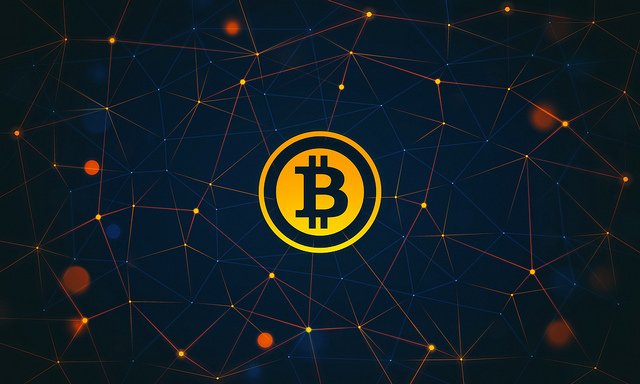On paper, the Lightning Network is designed to make Bitcoin a lot more versatile. The world’s leading cryptocurrency struggles when it comes to smaller transactions and payments. With the LN technology, that situation can be rectified in the near future. However, there are still users who lose money using this technology due to force-closing payment channels the wrong way.
What Went Wrong?
A recent Reddit thread confirmed how one Bitcoin Lightning Network user lost roughly 4 BTC due to a wrong course of action. More specifically, he had an open payment channel which he decided to force-close. This is a viable way of terminating a payment channel, yet users need to follow very specific procedures to ensure no funds are lost. It turned out the user forcefully closed the channels by using an older invalid state. As such, the funds in the channel – which is time-locked – can be taken by the other node in the channel if the user decides to do so.
One could argue no one should lock up so much funds through a technology which is far from production-ready at this point. Especially if that same user seems to experience the same problem multiple times, as it shows they aren’t the fastest learners in the world. Closing up a lot of LN nodes in one sweep is convenient, but if done incorrectly, it can also make users lose a lot of money.
A bug or Working as Intended?
This entire debacle raises a lot of pressing questions regarding the viability of Lightning Network technology where Bitcoin is concerned. Since there is such a steep learning curve associated with this project, it quickly becomes evident that this technology is not ready for mass adoption in its current form. The user also highlighted how he was force-closing the node from a multi-day-old backup, which seemed to be the only viable course of action following a power outage. It is an approach a lot of other experienced users would be inclined to take, yet it is clearly the wrong approach.
This makes one wonder why a backup of a payment channel would even serve a purpose. More specifically, some users commented how a backup of “merely minutes old can cause a breach of the channel”. That is certainly something the developers need to address, assuming there is any truth to this statement. The dynamic state of a channel makes it somewhat confusing as to how these backups really work. Anyone experimenting with LN technology may want to properly read through all of the documentation to ensure they don’t run into similar problems.
Funds Appear Lost Forever
Whenever issues like these arise, it highlights the inner workings of cryptocurrencies. There is no “refund” button or feature for users to take advantage of. After all, it is up to the other node owner to either send the money back or pretend as if nothing happened. It is a worrisome thought, especially when one loses close to US$30,000 in quick succession.

